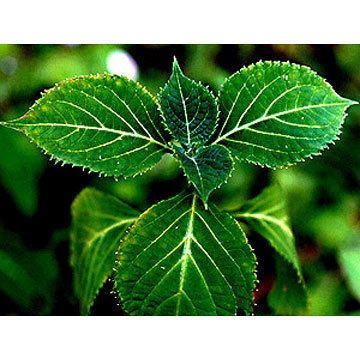Routes of
administration Oral PubChem CID 8969 DrugBank DB01392 Biological half-life 0.25-2.5 hours Bioavailability 7-86% (mean 33%) | CAS Number 146-48-5 IUPHAR/BPS 102 CAS ID 146-48-5 Formula C21H26N2O3 Excretion Urine (as metabolites) | |
 | ||
Legal status AU: S4 (Prescription only)
US: Dietary supplement Molar mass 354.44 g/mol (base); 390.90 g/mol (hydrochloride) ATC code G04BE04 (WHO) QV03AB93 (WHO) | ||
Yohimbine (/joʊˈhɪmbiːn/) is an indole alkaloid derived from the bark of the Pausinystalia yohimbe tree in Central Africa. It is a veterinary drug used to reverse sedation in dogs and deer. Yohimbine has been studied as a potential treatment for erectile dysfunction but there is insufficient evidence to rate its effectiveness. Extracts from yohimbe have been marketed as dietary supplements for improving sexual function.
Contents
- Positive for meth yohimbine code red enhanced athlete
- Uses
- Toxicity
- Extracts and chemistry
- Pharmacology
- Sexual dysfunction
- References

Positive for meth yohimbine code red enhanced athlete
Uses
Yohimbine is a drug used in veterinary medicine to reverse the effects of xylazine in dogs and deer.
Yohimbe extracts, which contain yohimbine, have been used in traditional medicine and marketed as dietary supplements.
Toxicity

Depending on dosage, yohimbine can either increase or decrease systemic blood pressure (through vasoconstriction or vasodilation, respectively). Because yohimbine has highest affinity for the α2 receptor, small doses can increase blood pressure by causing a relatively selective α2 blockade. Yohimbine also, however, interacts with α1 receptors, albeit with lower affinity; therefore, at higher doses an α1 blockade can occur and supersede the effects of the α2 blockade, leading to a potentially dangerous drop in blood pressure. Higher doses of oral yohimbine may create numerous side effects, such as rapid heart rate, overstimulation, anomalous blood pressure, cold sweating, and insomnia.
Extracts and chemistry

Yohimbe (Pausinystalia johimbe) is a tree that grows in western and central Africa; yohimbine was originally extracted from the bark of yohimbe in 1896 by Adolph Spiegel. In 1943 the correct constitution of yohimbine was proposed by Witkop. Fifteen years later, Van Tamelen used a 23-step synthesis to become the first person to achieve the synthesis of yohimbine.
Pharmacology

Yohimbine has high affinity for the α2-adrenergic receptor, moderate affinity for the α1 receptor, 5-HT1A, 5-HT1B, 5-HT1D, 5-HT1F, 5-HT2B, and D2 receptors, and weak affinity for the 5-HT1E, 5-HT2A, 5-HT5A, 5-HT7, and D3 receptors. It behaves as an antagonist at α1-adrenergic, α2-adrenergic, 5-HT1B, 5-HT1D, 5-HT2A, 5-HT2B, and D2, and as a partial agonist at 5-HT1A. Yohimbine interacts with serotonin and dopamine receptors in high concentrations.
Sexual dysfunction
Yohimbine has been studied as a potential treatment for erectile dysfunction but there is insufficient evidence to rate its effectiveness. It is illegal in the United States to market an over the counter product containing yohimbine as a treatment for erectile dysfunction without getting FDA approval to do so.

Yohimbine blocks the pre- and post-synaptic α2 receptors. Blockade of post-synaptic α2 receptors causes only minor corpus cavernosum smooth muscle relaxation, due to the fact that the majority of adrenoceptors in the corpus cavernosum are of the α1 type. Blockade of pre-synaptic α2 receptors facilitates the release of several neurotransmitters in the central and peripheral nervous system — thus in the corpus cavernosum — such as nitric oxide and norepinephrine. Whereas nitric oxide released in the corpus cavernosum is the major vasodilator contributing to the erectile process, norepinephrine is the major vasoconstrictor through stimulation of α1 receptors on the corpus cavernosum smooth muscle. Under physiologic conditions, however, nitric oxide attenuates norepinephrine vasoconstriction.

